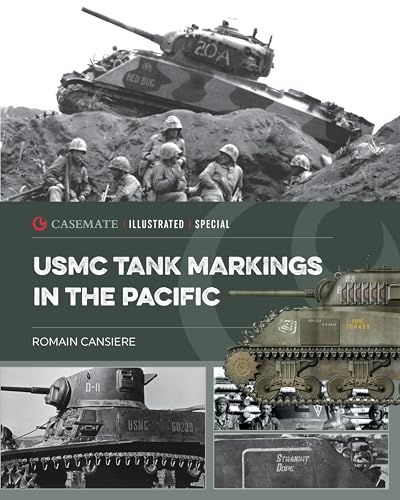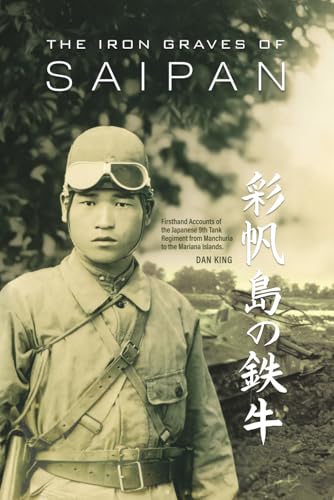
The Great Book of Tanks
by David M. O. Miller
"The World's Most Important Tanks from World War I to the Present Day"
Popularity
1.91 / 5
* A book's popularity is determined by how it compares to all other books on this website.
Where to buy?
Buy from Amazon* If you buy this book through the link above, we may receive a small commission at no extra cost to you.
The Great Book of Tanks by David M. O. Miller
Details
War:
World War II
Perspective:
Tanks
Biography:
No
Region:
Europe
Page Count:
512
Published Date:
2002
ISBN13:
9781840654752
Description
Brief Summary
The Great Book of Tanks by David M. O. Miller is an expansive exploration of the development of tanks throughout military history. This book provides a comprehensive look at over 100 major tanks, organized in chronological order, giving readers insight into their evolution and impact in various major conflicts. Each entry is enriched with historical photographs, contemporary action shots, and color profiles to enhance the reader's understanding of these formidable machines.
Main Themes and Topics
A key theme of the book is the technological progression and strategic significance of tanks in warfare. Miller meticulously chronicles the advancements in design and capability that have occurred from the early twentieth century to the present day. Analyzing significant tank battles and their outcomes, the book illustrates how these armored vehicles have profoundly impacted military tactics and outcomes. Furthermore, it offers a fascinating look into the engineering feats and logistical challenges involved in their development and deployment.
Writing Style and Tone
David M. O. Miller writes with a precision and expertise that reflects his deep knowledge of military history. The tone is informative yet accessible, making complex technical details comprehensible to enthusiasts and casual readers alike. His narrative is supported by an array of visual materials, which not only serve as a complement to the text but also provide a vivid, engaging reading experience. The book is intentionally structured to allow readers to easily digest each tank's history, its role in warfare, and its distinctive features.
Criticism
One criticism often noted by readers is that the sheer volume of information, while comprehensive, can be somewhat overwhelming for those new to the subject. The detailed specifications and technical jargon, although appealing to military enthusiasts, might pose a challenge for readers who do not have a background in military history or mechanical engineering. Some readers may also feel that the book's chronological structure necessitates frequent cross-referencing to understand the broader context of each conflict.









